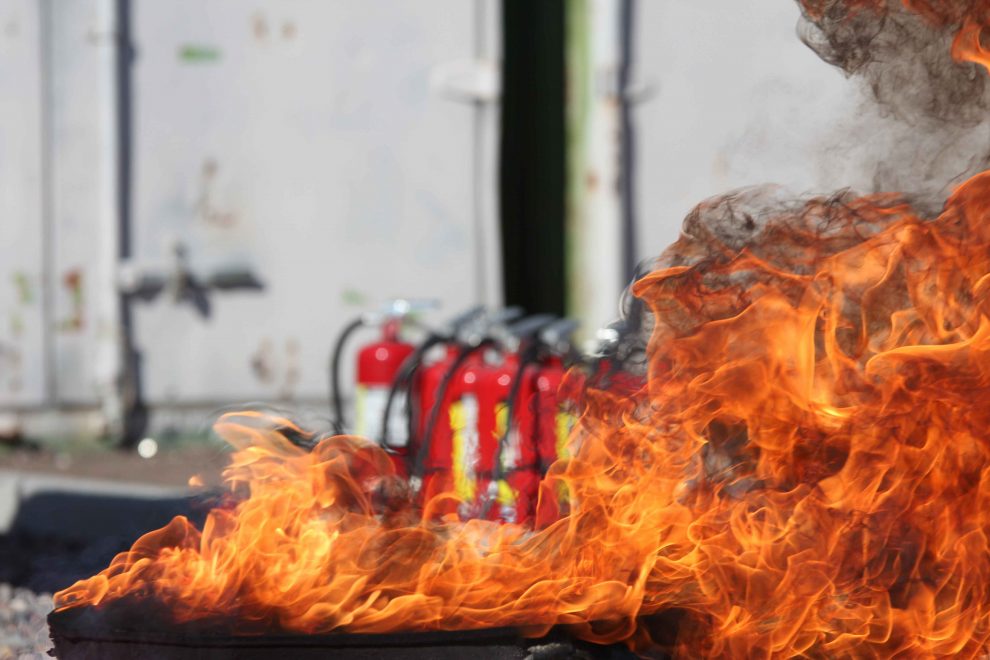Even though they might be small, extinguishers are a very significant bit of a home’s safety. However, this significance can only be realised when one knows when and how to use them. With the proper knowledge on the use of an extinguisher, lives can be saved and small fires can be contained or entirely extinguished therefore securing the property too.
Life Safety Online supply a wide range of fire safety equipment across the UK. Their extinguishers are popular fire safety tools and are highly sought after due to their efficiency in suppressing fires. Consequently, they are effective in safeguarding lives, with saving property as an added advantage. Just because installation of an extinguisher at your home is not mandatory, it does not make it less important.
I cannot emphasise just how important installing an extinguisher at your home is. Even so, it does not mean that any kind of extinguisher you get can serve your right. This is owed to the fact that there is a range of extinguishers, with varying elements. Therefore, before getting an extinguisher it is of essence to take note of a few things.
What Are the Categories of Fire?
It may sound unusual to categorise fire but there are six contrasting groupings of fire, classified from class A to F, as follows:
A – Caused by inflammable solid items such as paper.
B – Involves combustible liquids like kerosene.
C – Results from inflammable gases such as propane.
D – Caused by inflammable metals such as potassium.
E – The term ‘Class E’ is typically not its name but it involves electrical tools.
F – Attributable to cooking oils.
The Different Types of Extinguishers
Water Extinguishers
Mainly used in fires involving combustible solid stuff like textiles. These extinguishers are of four kinds:
Powder Extinguishers
Category A, B, and C fires can be suppressed by these extinguishers. Their use should be avoided in closed rooms since they affect visibility and lead to breathing issues
Foam Extinguishers
They are convenient for group B fires. They put out such fire by settling on the fluid and locking out air.
Carbon Dioxide Extinguishers
Oxygen is a major component needed for a flame to thrive. Introducing carbon dioxide causes the flame to starve. Such an extinguisher is ideal for places with many electrical appliances.
Wet Chemical Extinguishers
It is fashioned to put out fire attributable to fats and is therefore ideal to be placed in or near the kitchen. This area is the most likely one to catch on group F fire.
Factors to Consider Before Installing an Extinguisher
Dimensions of the Extinguisher
The size of the extinguisher to be installed is influenced by the capacity of liquid or powder that is needed. The ease of it to be carried and maneuvered should be a determinant too.
The kind of fire it is fashioned to put out
Varying extinguishers are fashioned to deal with distinct kinds of fire. Henceforth, the extinguisher selected should rely on the kind of fire that your house may be most prone to.
How Should an Extinguisher Be Used?

Once a fire breaks out, it can cause panic, therefore making it strenuous to handle an extinguisher. However, operating it is quite simple. Listed below are some steps that are involved when using an extinguisher to put out a flame:
- Snap the seal by pulling the pin that is at the tip of the extinguisher.
- While keeping a secure space from the flame, direct the nozzle towards the fire’s foot.
- Hold the handles and press them towards each other. This leads to the release of the extinguishing substance. If you need to stop, let go of the handles.
- Cautiously move closer to the fire, still directing the outlet towards the foundation of the fire. While at it, swing the nozzle from one side to the other, in order to cover a large surface.
Installing a domestic extinguisher at your home is not enough. You should ensure that every member of your household understands how it is used after clearly reading the instructions. In addition to this, the extinguisher should be located at a place where it can be conveniently accessed, in the event of a fire.








Add Comment